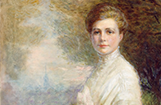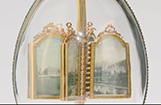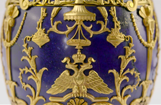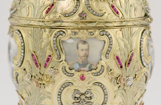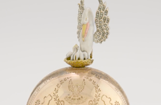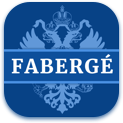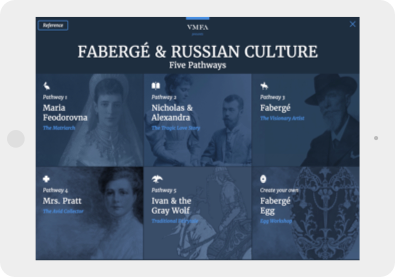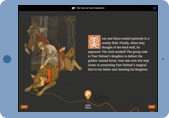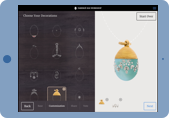360° Views of VMFA’s Imperial Eggs
Select an egg to view










Fabergé’s greatest triumph was the series of fifty-two unique Easter eggs made for the last tsars of Russia. Inspired by the traditional Russian custom of giving decorated eggs at Easter, Tsar Alexander III commissioned the first Imperial Easter egg in 1885 as a gift for his wife, Empress Maria Feodorovna. The First Hen Egg was made of gold covered in white enamel so that it resembled a real egg. When the empress opened the egg, she discovered a gold yolk. Inside the yolk was a hen, which contained a diamond-set crown and two ruby pendant eggs. She was so pleased that her husband continued the practice of giving her a Fabergé egg containing a surprise every year. Ten additional eggs were created as Easter presents for Maria Feodorovna.
Fabergé’s greatest triumph was the series of fifty-two unique Easter eggs made for the last tsars of Russia. Inspired by the traditional Russian custom of giving decorated eggs at Easter, Tsar Alexander III commissioned the first Imperial Easter egg in 1885 as a gift for his wife, Empress Maria Feodorovna. The First Hen Egg was made of gold covered in white enamel so that it resembled a real egg. When the empress opened the egg, she discovered a gold yolk. Inside the yolk was a hen, which contained a diamond-set crown and two ruby pendant eggs. She was so pleased that her husband continued the practice of giving her a Fabergé egg containing a surprise every year. Ten additional eggs were created as Easter presents for Maria Feodorovna.
Discover more about VMFA’s Fabergé Collection
Watch the surprising reveal of each imperial egg, and learn more about Mrs. Pratt’s collection of Fabergé.




